What is Vegan Leather?
You must compare the costs of processed and unprocessed animal-free goods in order to determine whether being vegan is more cost-effective.
We’ve compared some of the most popular animal food items below with their corresponding commercial vegan equivalents and typical whole-food vegan alternatives.
How is Plant based leather Made?
Vegan leather often uses polyvinyl chloride and polyurethane, both synthetic materials derived from recycled plastics. Unlike traditional leather, it lacks the 130 chemicals used in its production but does rely on fossil fuels for manufacturing. Interestingly, electric vehicle makers such as Tesla and Kia incorporate vegan leather in their interiors, even as they strive to reduce their fossil fuel consumption.
Agricultural waste is often one of the primary sources of raw materials for vegan leather. Typical components used in the manufacture of vegan leather include:
- Cork: For manufacturing vegan leather, cork is an excellent substitute for plastic and animal skin. Even corkwood trees can provide it to manufacturers without harming the trees.
- Kombucha: Kombucha, a fermented sweet tea made using a symbiotic colony of bacteria and yeast (SCOBY), creates a cellulose mass known as a “mother” during fermentation. This mother takes the shape of the container and floats on top of the liquid, growing up to 10 millimeters thick in a few weeks. This cellulose can be harvested and used to make utterly biodegradable leather. Manufacturers wash, oil, and air-dry the mother to obtain a flexible, leathery sheet, which they then cut into strips and fashion into various shapes.
- Cactus: Cactus leather, made from mature nopal cactus leaves, offers a sustainable and cruelty-free alternative to traditional leather. The leaves are harvested, cleaned, ground into pulp, dried, and mixed with a proprietary formula to create a material resembling leather in texture, durability, and appearance. Cactus leather is eco-friendly, breathable, water-resistant, and suitable for various applications, such as handbags, shoes, belts, and furniture.
- Mushroom: Mycelium is a web of threads that supports the growth of mushrooms. Manufacturers use it to create vegan leather. The mycelium may be easily modified using mild acid, alcohol, and vegetable colors and grows in a matter of weeks. The material is then dried, compacted, and textured in preparation for use. In terms of strength and look, mushroom or mycelium leather is very similar to animal leather.
- Pineapple: Natural pineapple leaf fibers, petroleum resin, and thermoplastic polyester are used to create pineapple leather, also known as Pinatex, vegan leather.
- Silicone: Silicone leather, made from refined silicone material, provides an eco-friendly and exceptionally durable alternative to conventional plastic-based materials.
- Bacterial cellulose: Similar to SCOBY, bacterial cellulose can be extracted and dried to make vegan leather. Agricultural waste, including fruit pulp, apple peels, and maple leaf pulp, is an excellent source for bacterial cellulose synthesis.
- Yeast collagen: Plant-based leather is derived from collagen created by genetically modified yeast cells in a laboratory. This process involves growing the yeast cells through fermentation and subsequently extracting the collagen from them. The collagen is then processed and combined with other materials to create a leather-like material.
What Are Vegan Leather Benefits?
Plant based leatheris created from inexpensive natural fibers, agricultural waste, and recyclable materials, making it both environmentally and animal-friendly.
In comparison to typical animal leather, vegan leather provides a variety of advantages, such as:
Cost-Effective and Efficient: Plant based leather is generally cheaper to produce than traditional leather because it doesn’t require the rearing of animals and the associated costs. Additionally, the manufacturing process is often more efficient, resulting in lower production times and costs.
Sustainability: Leather made from plants can be made from a variety of sustainable materials, such as polyurethane (PU), polyvinyl chloride (PVC), or plant-based materials like cork, pineapple leaves, or mushroom leather. This allows for more eco-friendly options compared to the resource-intensive process of raising animals for leather.
Ethical and Environmentally Friendly: Plant based leather production doesn’t involve the use of animals, which aligns with ethical concerns about animal welfare. It also tends to have a smaller environmental footprint, as it typically generates fewer greenhouse gas emissions and reduces the demand for land and water resources associated with livestock farming.
Versatility: Plant based leather can be manufactured to mimic a wide range of textures and finishes, including the look of genuine animal leather. It’s highly versatile, making it suitable for various fashion items, accessories, and even upholstery.
Stain-Resistance: Vegan leather can be treated with coatings that make it stain-resistant, which is a practical benefit for items like bags, shoes, and clothing. This feature helps maintain the material’s appearance over time.
Durability: High-quality leather made from plantys is designed to resist wear and tear, which means it doesn’t crack or wear out easily. This durability contributes to the longevity of products made from vegan leather, reducing the need for replacements.
Water and UV-Light Resistance: Many types of vegan leather are naturally water-resistant or can be treated to repel water. Additionally, they often have better resistance to UV light and won’t fade as quickly as some natural leather.
Supporting Sustainable Fashion: The rise of vegan leather has provided opportunities for the growth of sustainable fashion brands. Many fashion companies are now choosing to use vegan leather as part of their commitment to environmentally friendly and ethical practices.
How is Plant based leather Maintained?
Animal leather is sensitive to water and light, requiring careful maintenance. In contrast, vegan leather is low-maintenance, resistant to stains, and unaffected by water or UV light. It is robust and flexible, less prone to breaking or wearing out. However, it is vulnerable to punctures and tears and should be handled with care.
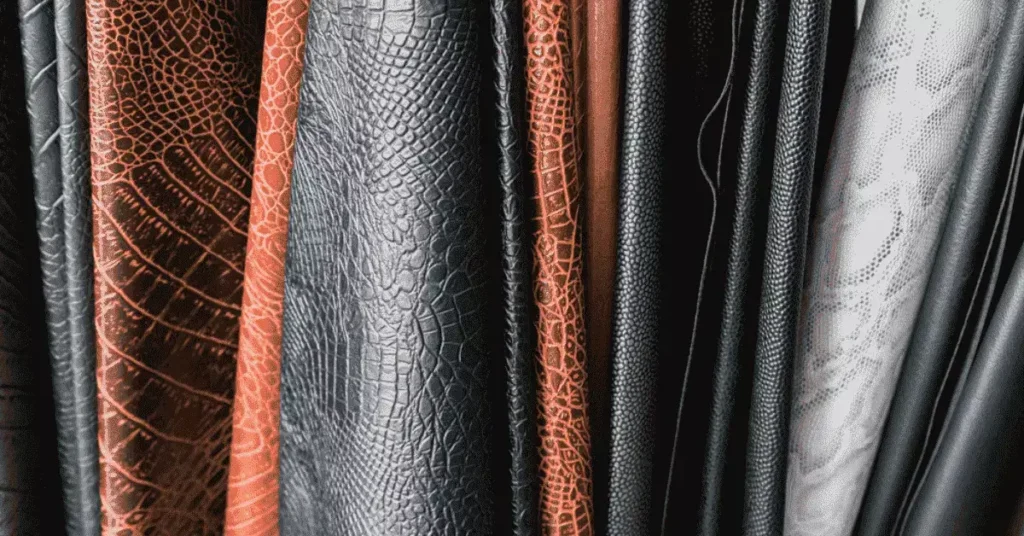
Where can I find Plant leather?
In summary, vegan leather offers a range of benefits, including cost-efficiency, sustainability, versatility, ethical production, durability, and resistance to stains, water, and UV light. These advantages have contributed to the increasing popularity of vegan leather as a responsible and attractive alternative to traditional animal leather in the fashion and manufacturing industries.
FAQ
Being an ethical vegan, I wouldn’t buy a car with leather seats. If you’re solely a vegan for health reasons, leather seats can be a choice for you. Anyone made of leather, including cars with leather seats, is off-limits to those who support animal rights.
Simply everything. First off, it is not made from the skins of extinct species. Additionally, it has a lower environmental impact and is quite stylish.
Real leather is pricier but can last for decades with proper care, rendering it more durable. In contrast, vegan leather is generally more cost-effective to produce and often more water-resistant, making it a cost-efficient and waterproof choice, particularly in damp conditions. Vegan leather can be more economically viable and practical.
Leather is animal skin, while vegan leather, also known as ‘faux leather’ or ‘synthetic leather,’ is a man-made substitute crafted to mimic real leather without using animal materials. Vegan leather is a synthetic, cruelty-free option for those concerned about ethics and the environment
Generally speaking, no, even though there are some premium ones available, as it is substantially less expensive than real leather.

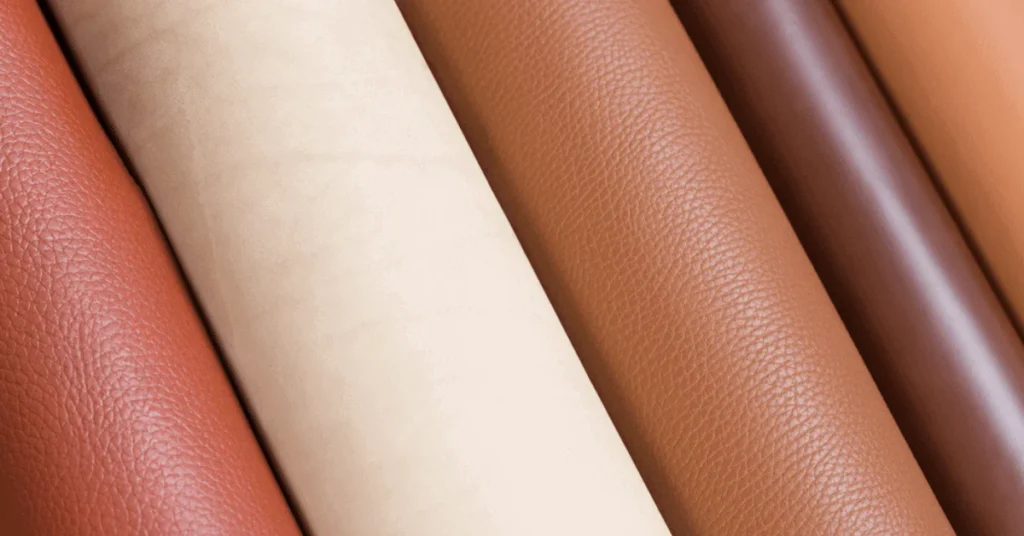







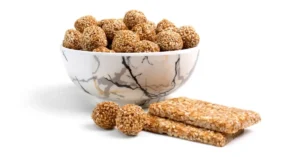


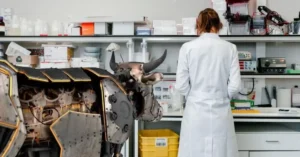

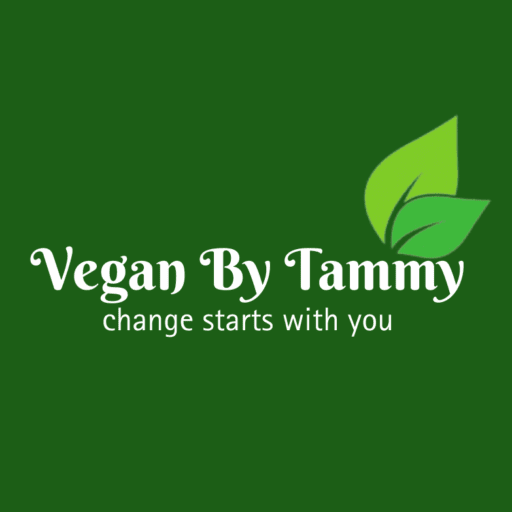
1 thought on “Vegan Leather? A Sustainable Alternative to Animal Leather”
Pingback: 20 Heartwarming Ideas for Your Girlfriend This Valentine's Day | FoxWriter